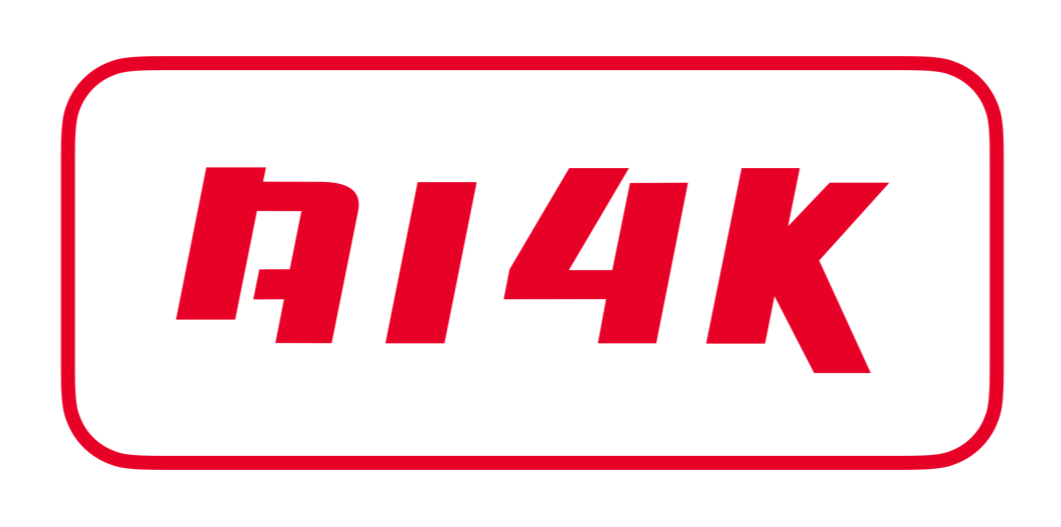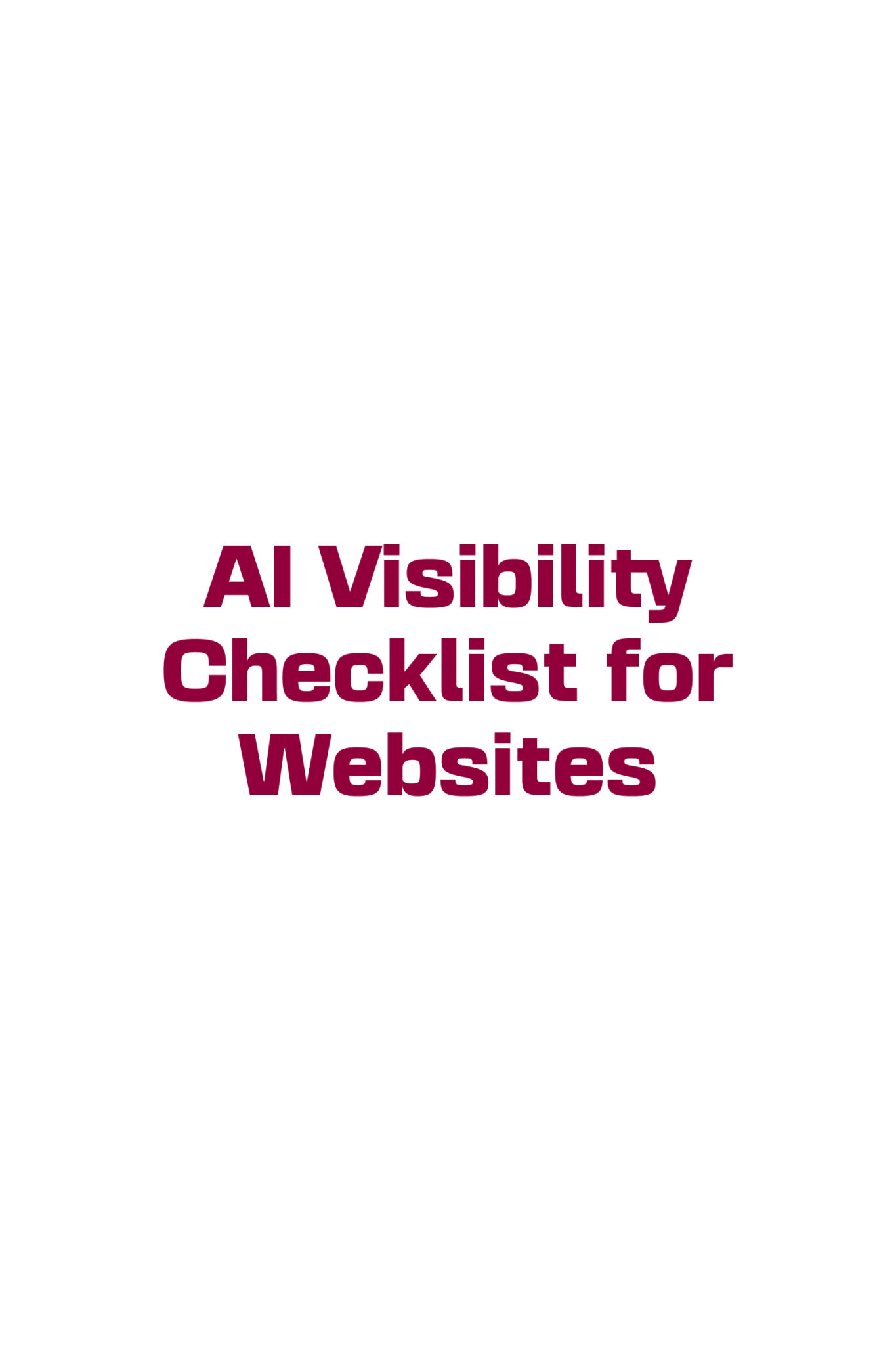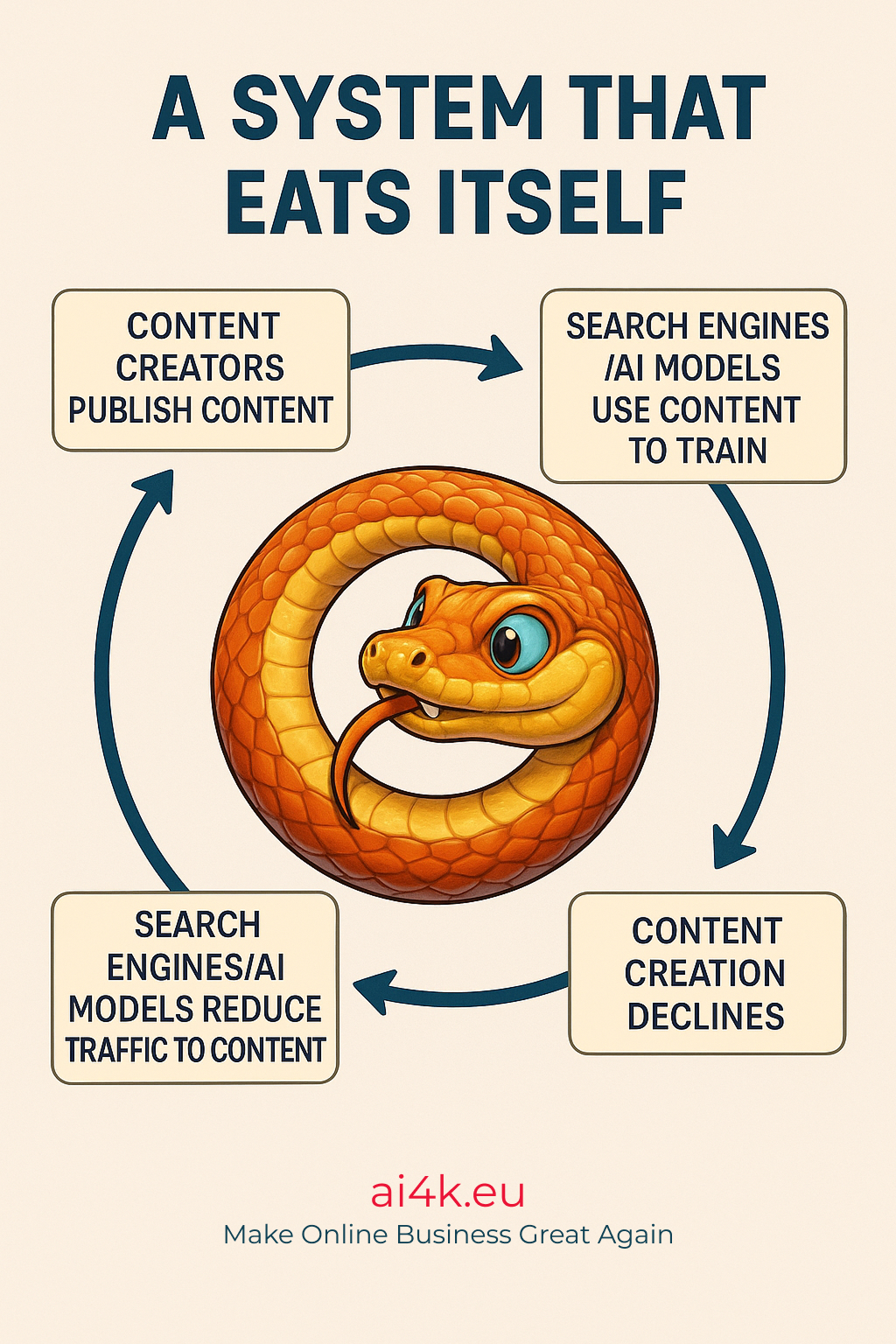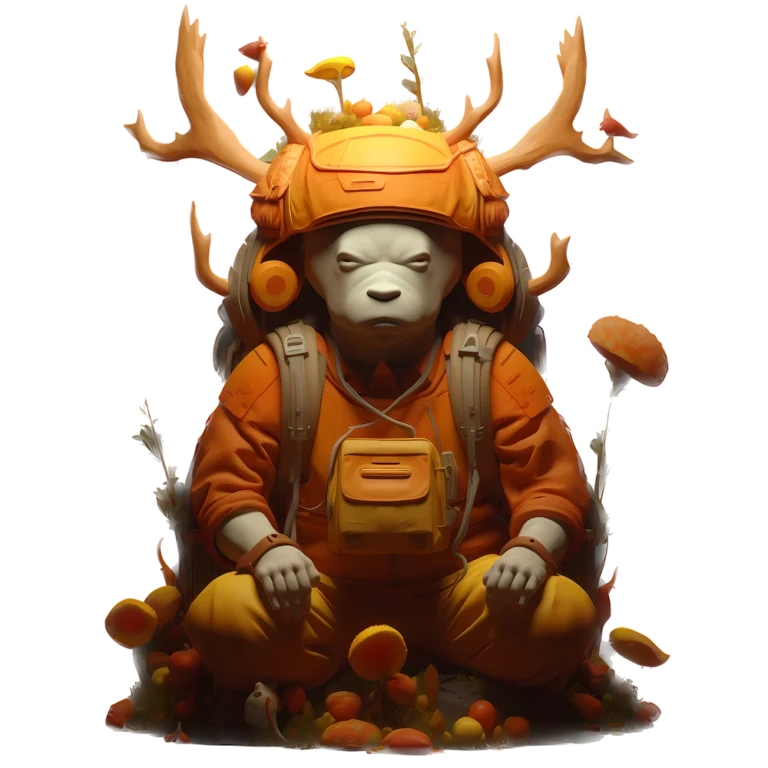The Web Is Still Growing, But It’s Not the Same Web Anymore
Over the past two decades, the internet has gone from a publishing space for humans to a machine-readable ecosystem that serves platforms, algorithms, and, now, artificial intelligence. At first, we adapted our writing to meet the demands of search engines. Then, we adapted our content strategies to suit social media feeds. Now, we’re adjusting again—this time to AI-driven search results that summarize information without always sending users to the original source.
This shift has transformed everything: how we write, where content is published, and who controls visibility. Entire categories of creators—from bloggers to newsrooms—have seen their relevance and reach decline, even as content creation in general continues to grow across formats and platforms.
In this post, we’ll explore how we got here and what it means for small creators, independent publishers, and businesses that depend on web visibility:
How SEO-first writing weakened the quality and readability of online content
Why platforms like YouTube reward engagement over truth, and why that’s a problem for journalism
How the web is thriving as a platform for tools and apps, but failing as a home for trusted media
The real-world consequences of AI answering user queries without driving traffic to sources
Why AI still depends on authentic human content—and what happens when that content slows down
And finally, how this entire system is becoming circular, with content feeding AI, and AI reshaping content visibility
We are now at a point where the web still works—but not in the way it used to. And if the current trajectory continues, content creation could collapse under the very systems that claim to support it.
Let’s break it down.




